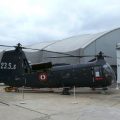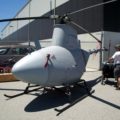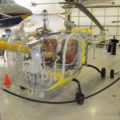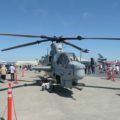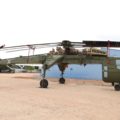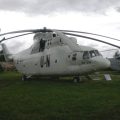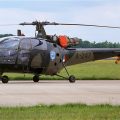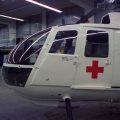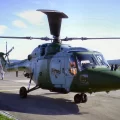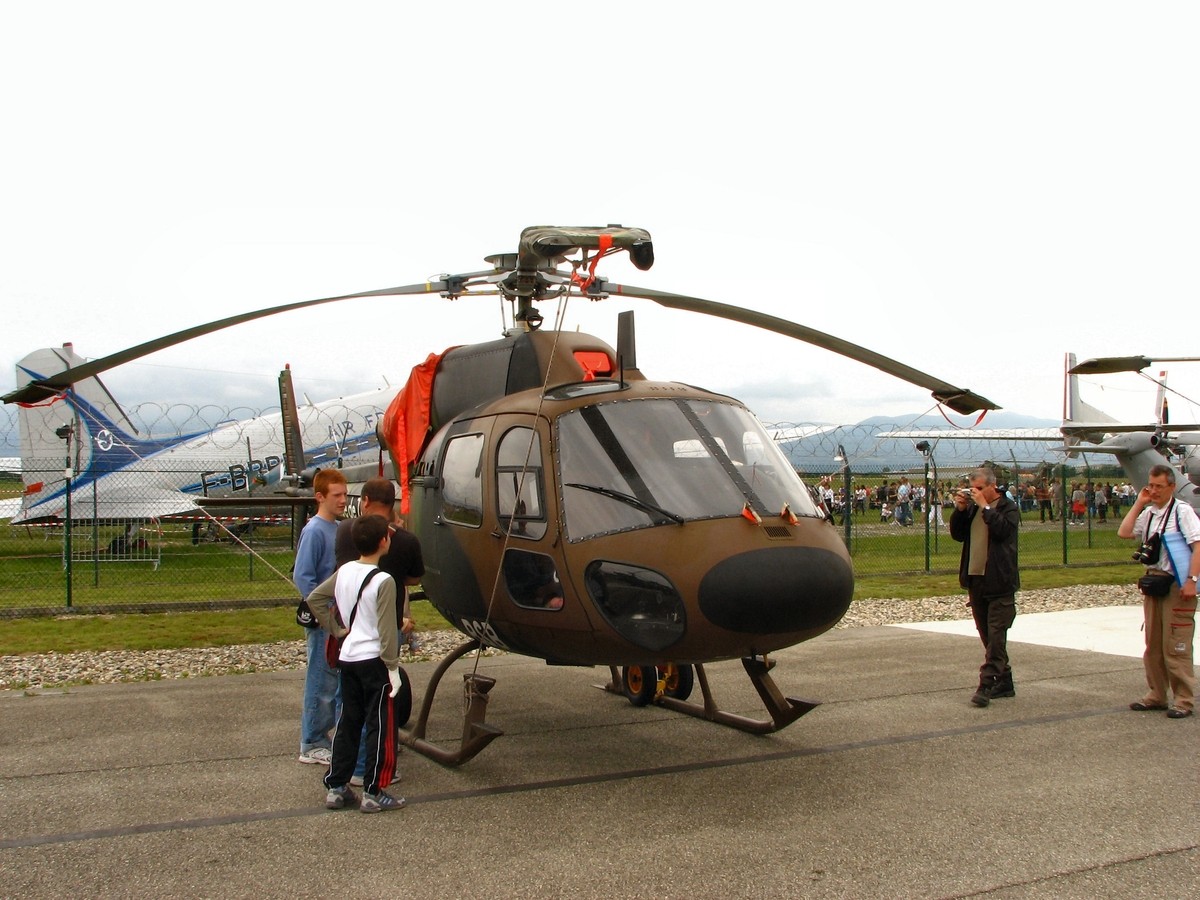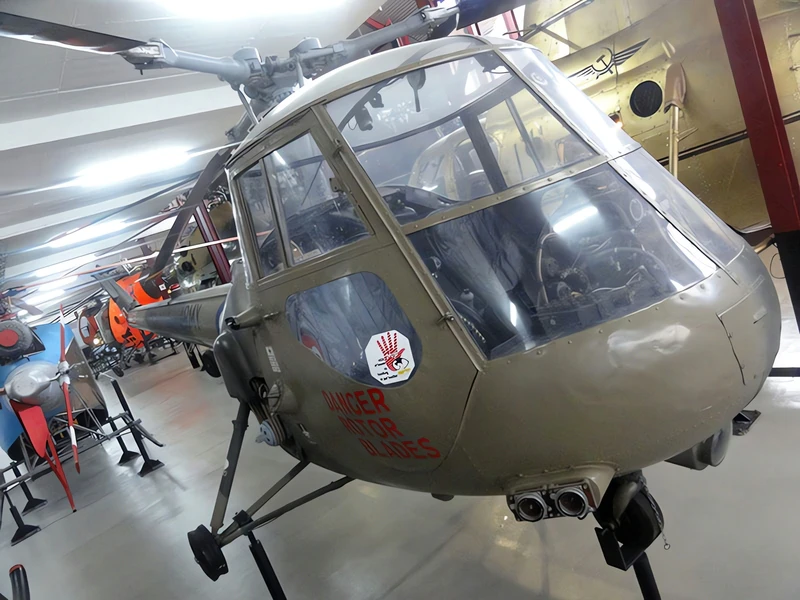
Saunders-Roe Skeeter | |
|---|---|
| 国家 | 英国 |
| 作用 | 教练, 童子军 |
| 第一只苍蝇 | 1948年10月10日 |
| 建立 | 未知 |
这 桑德斯-罗·斯凯特 was a two-seat training and scout helicopter that was developed and produced by British manufacturer Saunders-Roe (“Saro”) of Cowes and Southampton, in the United Kingdom. Work on what would become the Skeeter had been commenced by the Cierva Autogiro Company as the Cierva W.14. Following Saunders-Roe’s take over of Cierva, it was decided to continue its projects, including the Skeeter. Despite an initial preference for the rival Fairey Ultra-light Helicopter, which had already been ordered, there was a reversal of fortune when interest from the Bundeswehr in the potential procurement of a large number of Skeeters. This led to the British order for the Ultra-light Helicopter being cancelled and the Skeeter effectively taking its place, which also served to guarantee an export order from Germany.
| Saunders-Roe Skeeter Walk Around | |
|---|---|
| 摄影师 | 明德·德·弗瑞泽 |
| 本地化 | 未知 |
| 照片 | 46 |
另请参阅:
这 桑德斯-罗·斯凯特 was a light helicopter developed by the British company Saunders-Roe in the 1950s. It was designed to meet the requirements of the British Army and Royal Navy for a small, versatile aircraft that could perform reconnaissance, liaison, observation, and training missions. The Skeeter had a two-seat cockpit with a bubble canopy that provided excellent visibility for the pilot and passenger. The helicopter was powered by a de Havilland Gipsy Major engine that drove a three-bladed main rotor and a two-bladed tail rotor. The Skeeter had a tubular steel frame with fabric-covered metal panels for the fuselage and tail boom. The landing gear consisted of two skids with shock absorbers.
斯基特于1948年作为Saro P.531首飞,多年来经历了几次修改和改进。最终版本Skeeter Mk.12于1958年在英国陆军服役,并出口到德国,澳大利亚和约旦。斯基特被用于各种角色,如炮兵侦察、伤员疏散、反坦克战和航空摄影。斯基特也是第一架降落在移动船上的直升机,1958年降落在HMS Bulwark上。斯基特在1960年代后期退役,取而代之的是更先进的直升机,如韦斯特兰侦察兵和贝尔苏族。
视图: 875



